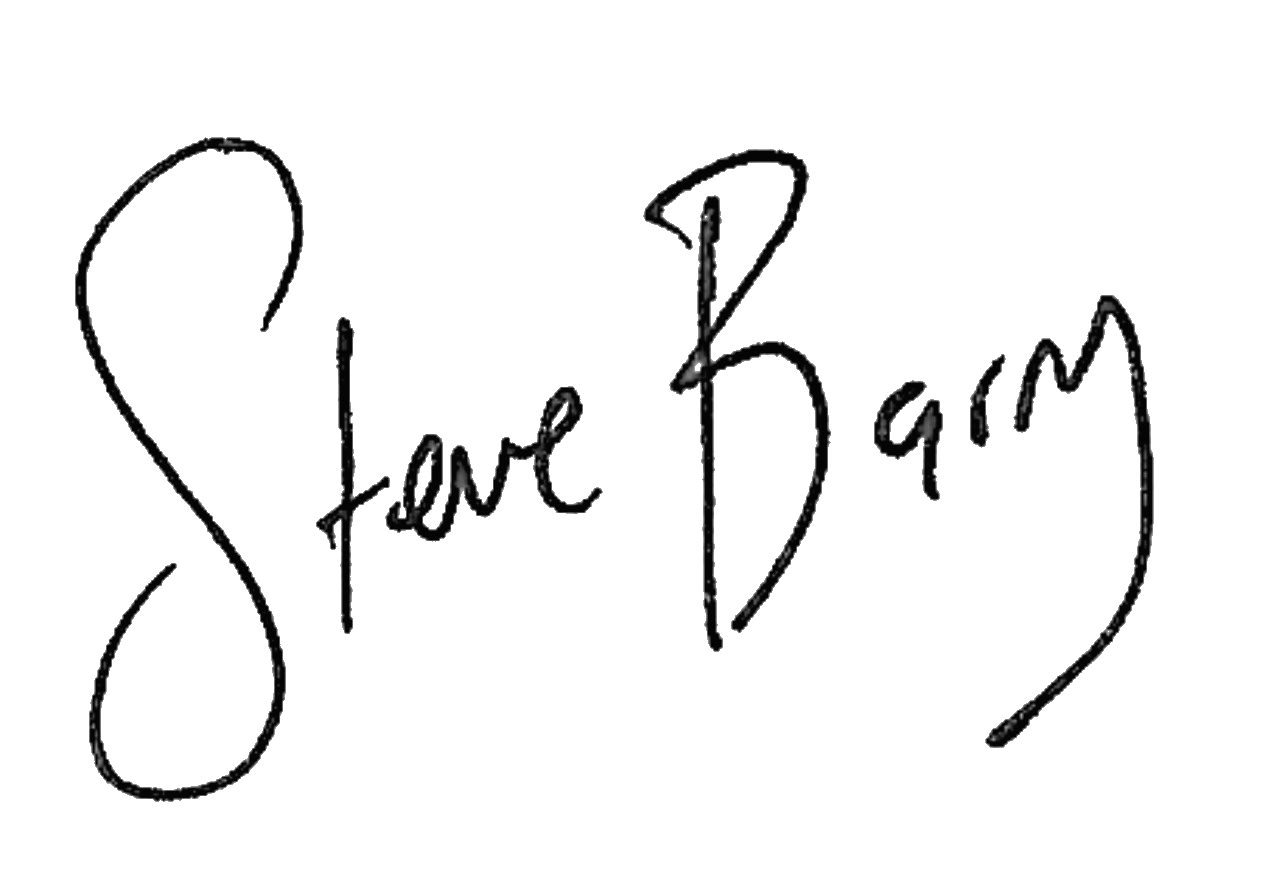Hatch
Born from doctoral research on set theory, Barry’s debut solo piano release offers “a striking out into vastly new territory of aesthetic and musical materials”.
“Hatch boldly announces a new direction...an outstanding collection from one of Australia’s most inventive and accomplished composer/improvisers.”
Hatch was released on Rattle Records in March 2018.
A collection of 19 solo piano works that explores the broad spectrum between composed and improvised, Hatch (together with Blueprints & Vignettes) is the primary creative outcome of Barry’s doctoral research. The pieces reflects influence from a diverse milieu of contemporary classical music; echoes of Bach, Debussy, Bartok, Hindemith, Stravinsky, Schoenberg and Elliot Carter can be heard alongside freely improvised extrapolations of the notated scores.
Loudmouth Magazine noted the music “has a lyrical sweep that I occasionally yearn for…and it avoids [a] muscular severity that can be confronting.”
Liner Notes
It’s not hard to be daunted by the vast repertoire of music for solo piano. Propelled by my background in improvisation and jazz performance, my fascination with harmony and melody led me deeper into modernist classical music during my doctoral studies, across the gamut from Schoenberg to Ligeti, Boulez, Feldman, Cage, Stockhausen, Tristan Murail, Elliot Carter & Michael Finnissy, et al — a veritable baptism by fire. After a few initial years of research, it was oddly enough a five-week trip around India that catalysed the two-year consolidation of the insights gleaned from these masters with my existing practice as an improviser - the products of which are partly represented by this selection of original compositions for solo piano. Varying in construction from intricately notated to freely improvised, this collection reflects in various ways the milieu of influences that have occupied my ears for the past few years.
Microcosm and Codify are short sketch-like platforms for improvisation inspired by the cellular melodies wide-ranging improvisations characteristic of the new school of experimental & free improvisers – the likes of pianists Matt Mitchell, Kris Davis and drummer Tyshawn Sorey. Avian Bagatelle grew out of an extended period of listening to Ligeti’s Piano Etudes, while A Dance? owes at least some of its genesis to the work of Milton Babbitt. The pieces spawned by the latter — Tag! and Canon — divulge a love of counterpoint, marrying the linearity of Bach with free atonality of Hindemith’s harmonically wandering Ludus Tonalis.
Mice echoes Debussy’s early 20th century character pieces, with its quirky melody and bi-tonal tendencies. Roundabouts (one of the bonus tracks available online) echoes the rich, harmonically dense chord structures of Messiaen’s piano music, using 8-note units as a platform for improvisation.
Dreamreader adopts the spaciousness and stemless notation characteristic of Morton Feldman’s piano music, while also — for the most part counter to Feldman’s aesthetic — calling upon the performer to use the piece’s inherent structures for their own personal improvisatory ends. Plink takes this concept to its nth degree, consisting of an open, time-space style array of notes with minimal performance instructions, limiting each realisation only to the imagination of the performer.
Finally, interludes such as Meander owe much to the incredible pianism and improvised counterpoint of pianist Fred Hersch.
I’m also grateful to the many Australasian pianists for their inspiration and
encouragement: Mike Nock, Barney McAll, Paul Grabowsky, Tim Stevens, Matt McMahon, Tom O’Halloran, Marc Hannaford, Kevin Field, Mike Walker, Mark Isaacs and particularly Judy Bailey, with whom I’ve had the great pleasure to periodically collaborate with over two pianos since my undergraduate study with her in 2011.
The list could go on, but I’ll let the music do the rest of the talking. Happy listening!



